Retiring Sen. Ron. Young has written a memoir of the portion of his career he’ll probably be best remembered for: his 16 years as mayor of Frederick starting in 1974.
When he took office Frederick was a depressed place whose best days seemed behind it; worse was to come shortly in the form of a devastating 1976 downtown flood. By the time he left the Mayor’s office in 1990 the city had turned around economically and was well on its way toward its current success as a tourism and lifestyle destination that routinely features on best-city lists.
The memoir is called My Story — Who Are We But Our Stories, and consists almost entirely of informal stories, told as if in person. As one who didn’t arrive in the area until later, I’m not the one to give it a full-dress review, but I did enjoy the anecdotes, many on topics still very relevant to civic leadership: real estate development (of course), relations between city hall and the business community, and what it took to achieve Frederick’s famously charming downtown street experience. Here are a few bits.
Keep the Civic Agencies Downtown
In other cities, Young found, public agencies in search of bigger and more modern space had departed the downtown. He fought instead to keep the courthouse, police headquarters and other facilities right in the city center, reasoning that a steady flow of jurors and other public visitors, along with employees, would form a customer base for nearby restaurants and services. That helped stave off collapse.
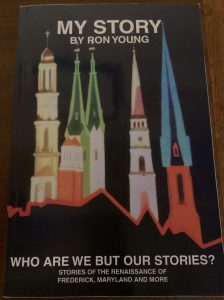 Saying No, PART I: Not In My Back Yard!
Saying No, PART I: Not In My Back Yard!
Early in his second term, Young writes, he “agreed to meet with a group of Frederick residents on the newly developing west side of the city. Almost every one of them had moved to Frederick, mostly from Montgomery County. It became apparent, quickly, that they wanted no one to follow them. Many bought houses across the street from where the pipes for water and sewer were sticking above the ground. They had to know that it was going to be built on. Entire developments that had been through planning, site approval and were already partially developed.”
He tries to explain the problem: they want development stopped, period.
Finally, “I said, ‘I am going to call the City Attorney in the morning and ask him to draw up an ordinance that will not allow anyone else to move into Frederick.’ Amazingly, they broke out in applause. I then said, ‘I am going to ask them to make it five years retroactive and I want all of you to get out of my town.” Reaction was mixed, with some attendees laughing and others angry, but “I have to confess, it made me feel better and got better results than I was getting before” – the latter because a few of the critics decided to throw in the towel and work with him.
Saying No, Part Two: Businesses that Don’t Want to compete
Today downtown Frederick is known as a restaurant destination with 70 or so options, but at the city’s low ebb there were only a few places to eat. At a point when the count has climbed to a grand total of 12, Young says a delegation of six restaurant and bar owners came to his office with a demand: freeze the number of liquor serving licenses where it stood. One said in aggressive tones that if the mayor didn’t support the effort he’d be tossed out at the next election. Young writes that he ejected the threat-maker on the spot and explained to the others how things were going to work: free entry by newcomers was good for everyone including the old-timers, because multiple choices would make downtown a place to go eat. Customers might have one favorite establishment, but if they found the downtown experience welcoming they’d probably try others.
Whys and Wherefores of that Historic Look
Frederick is one of the great historic preservation success stories on the East Coast, a status bolstered by the federal government’s move just last month to fund a major campus for training in historic building trades in the city. Young also championed the Carroll Creek project, which combined flood control, downtown redevelopment and public art into a walkable streetscape that many visitors assume must have been there all along. But a high level of artifice and purposeful design was involved – not for nothing does Young at many points credit master planner and Columbia developer Jim Rouse as his mentor. The mayor plowed enormous political capital, for example, into burying power lines, very much a double-edged bargain for downtown owners since while it made their properties more attractive it subjected them to steep property assessments.
Not all aesthetic upgrades were as much of a battle. Following a tip from an informant in Old Town Alexandria, Young was told that when re-bricking the sidewalks in the historic district, “use about five different patterns, alternating at each building. By doing this it would look like it happened historically rather than done by the government…. A place should be warm not cold.”
Relations with Historic Preservationists
Young’s relations with the city’s historic preservation advocates could be contentious. One such “accused me of trying to destroy Frederick. I tried to explain many times to the members of the historical society back then that we had different goals. They were trying to save two or three buildings. I was trying to save thousands. The only way to do that was to make them economically viable. To do that we might have to lose a few buildings of minor historical significance to save the majority. I think if you look at Frederick today my approach won out and was successful.”
Want to Celebrate? Get to Work
Festivals and special events are always popular and helped Frederick greatly. But along with the fun Young brought a tough message: aside from seed money and a few basic services like policing, each festival had to figure out a way to be self-supporting. He told organizers it was for their own good: once a downturn came with its inevitable budget cuts, money-losing events would top the list to be slashed by some future administration. He also encouraged events to place big volunteering demands on supporters, on the logic that the best way to create a constituency for in-town events was to make sure many people felt a stake in them by having volunteered.
Young says he intends to write more books based on his career. This one might make you feel you understand the city better as you stroll among the clustered spires.
Young’s book, “My Story — Who Are We But Our Stories,” can be purchased at Frederick book stories and at Heritage Frederick. The book also can be purchased by emailing Young at [email protected].

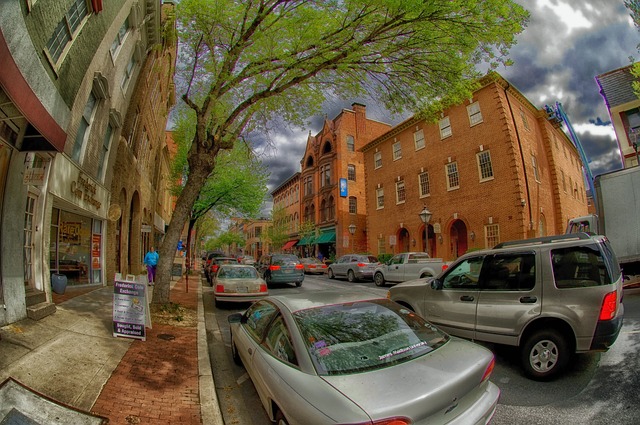

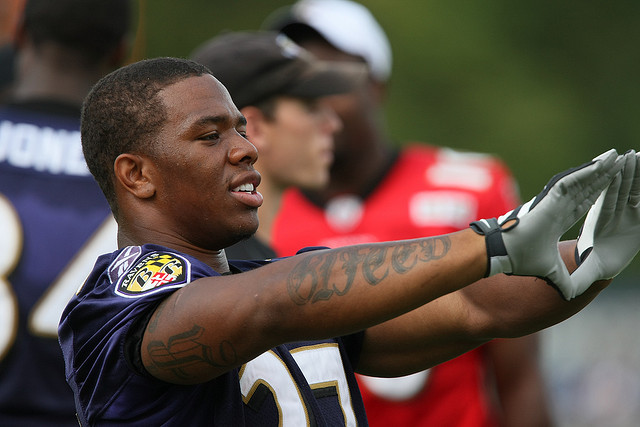
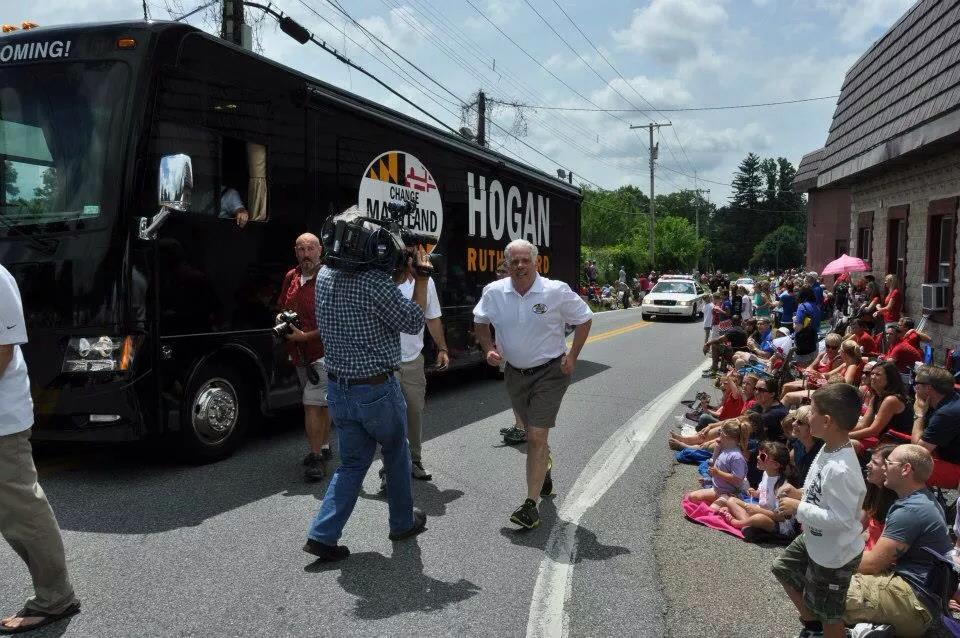
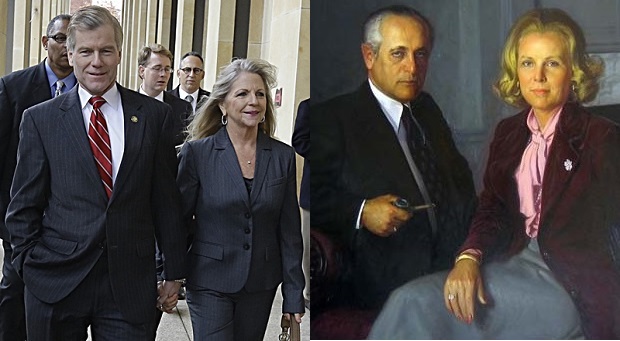

Recent Comments